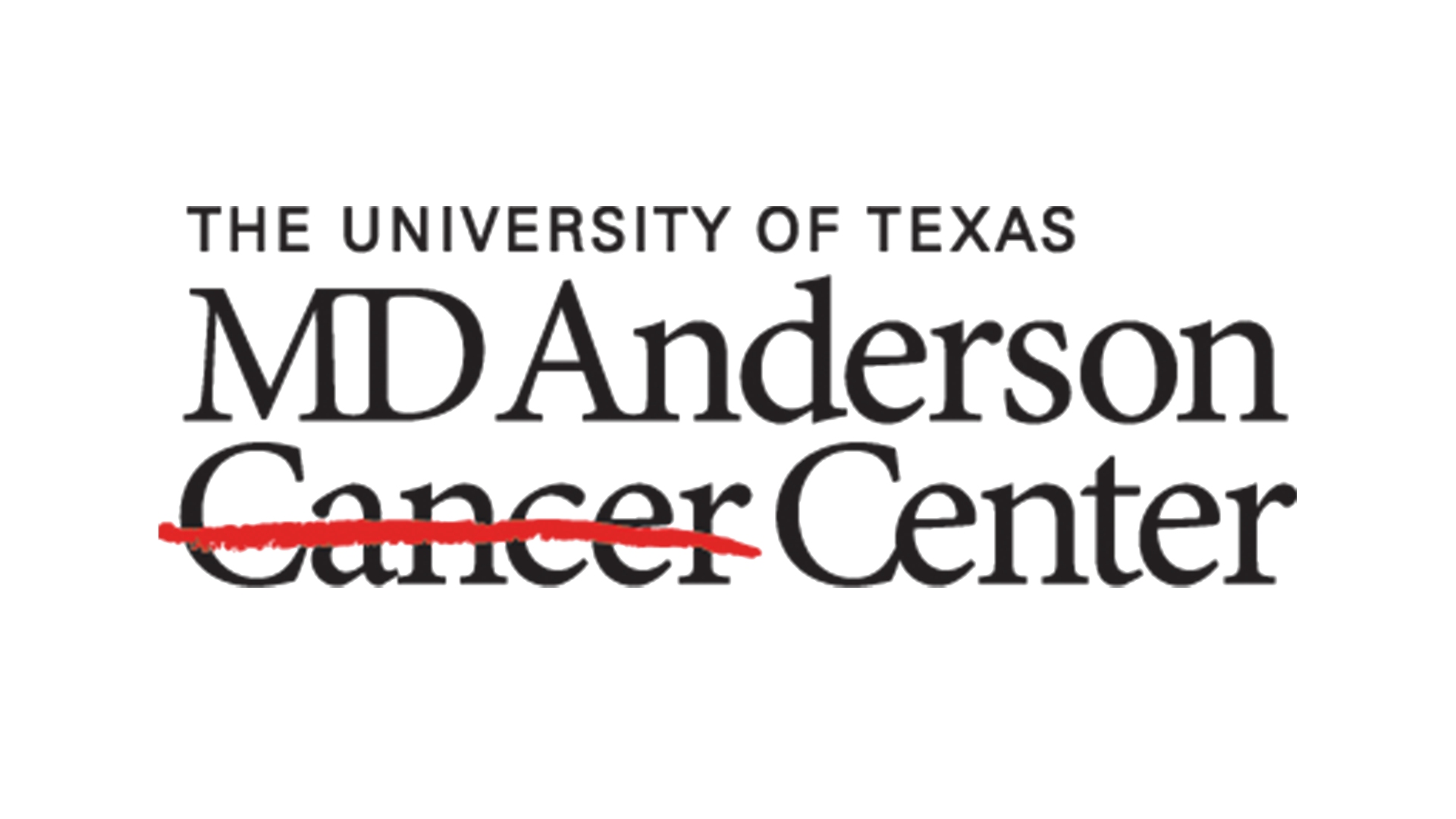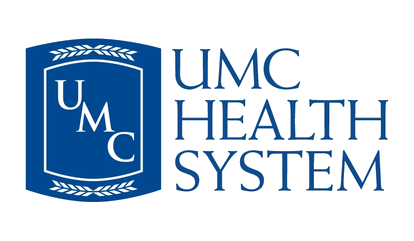Risk Reduction in the OR
Ternio Newsroom Staff | July 2023
Patient safety stands as the cornerstone of every healthcare organization’s mission. Behind the scenes, healthcare risk management professionals play a critical role in identifying, assessing, and mitigating risks to ensure the safety and well-being of patients, staff, and the organization as a whole. Their responsibilities encompass a wide range of areas, including:
- risk assessment to identify potential hazards and vulnerabilities within the healthcare environment
- the development of risk reduction and mitigation strategies
- incident reporting, investigation, and analysis
- developing, facilitating, and implementing patient safety initiatives
- compliance and regulatory oversight
- education and training
- emergency preparedness
- data analysis and reporting
The effective performance of this role demands strong analytical and critical thinking skills, attention to detail, high ethical standards, adaptability and resilience, and excellent problem-solving abilities. Crucially, it also requires the support of the entire organization — not just in words or recognition, but also in terms of providing the latest technology, tools, and processes in order to effectively reduce and mitigate risks to patient safety.
The operating room is a logical focal point in terms of improving patient outcomes and reducing risk. Let’s explore two risk reduction opportunities related to the OR.
A Secure Sterile Environment
Breaking the sterile “bubble” in the OR increases the risk. Retrieving instruments that should have been included in the surgical set or supplies not listed on the surgeon’s preference card compromises the sterile environment and can lead to various complications. Surgical site infections (SSIs), site contamination, foreign body retention, cross-contamination, extended hospital stays, additional interventions, and increased healthcare costs are some of the consequences.
A data-based preference card management system like PrefConnect can significantly reduce breaches in the sterile environment. By analyzing historical data, the system accurately identifies the required instruments, minimizing instrument retrieval from outside the OR. This improves efficiency, shortens surgical time, and reduces patient exposure to anesthesia and other risks. The system also promotes standardization and consistency, eliminating variations that can lead to complications.
Reliable Equipment Availability
The condition of surgical devices and instruments directly affects patient risk. Malfunctioning instruments can cause harm, delays, and disruptions in procedures, compromising the performance of clinical staff. Effective risk reduction involves a disciplined restoration and repair process with on-demand instrument status reports, as well as rigorous testing and inspection before surgery. Proper restoration and repair contribute to patient safety by ensuring optimal instrument functioning.
Partnering with a reputable restoration service provider like Ternio Surgical ensures rigorous quality testing, meticulous maintenance, and repair practices.
Good Risk Reduction Solutions Require Good Data
Solid risk reduction strategies rely on good data. Understanding the facility’s SSI rate, correlating it with sterile environment breaches, identifying commonalities in instrument malfunctions, and assessing instrument maintenance and quality testing are vital.
Ternio’s PrefConnect preference card management system collects and analyzes utilization data to provide insights and recommendations for greater efficiency and preparedness in the OR. Ternio Surgical Restoration, coupled with the Repair Tracker module, empowers hospitals with visibility of asset status, condition, and analytics, streamlining the repair process and optimizing instrument utilization.
Ternio is proud to support the efforts of the healthcare risk professionals whose high standards, vigilance, and determination play a pivotal role in improving the lives and well-being of patients, clinicians, and communities.



















